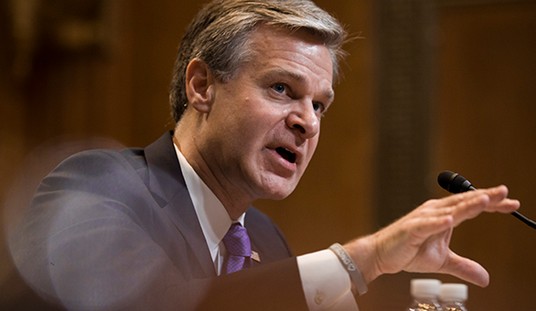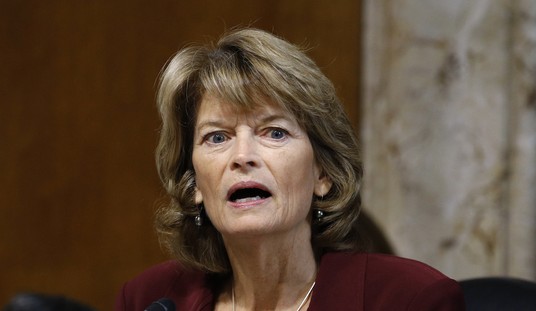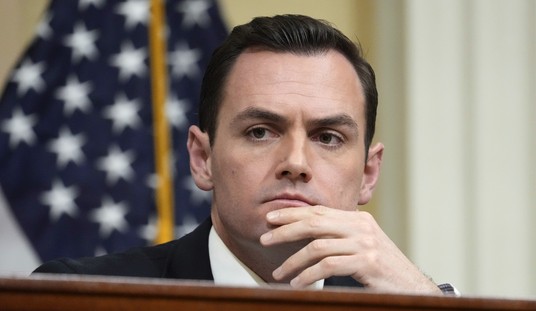It is easy to forget that teachers’ unions are private entities, with income, expenditures and bottom lines that ultimately determine their health and effectiveness. Their revenues, however, are almost the entirely the result of the dues payments of public employees. If unions increase dues, the onus is on the members. It is much better for them to increase the public education workforce, thereby bringing in new revenue and easing the burden on the existing rank-and-file.
It will be a high priority for the teachers’ unions to put a stop to layoffs and reignite the hiring binge that gave them the power they enjoy today. Teachers’ unions experienced decades of non-stop growth, and the recent economic downturn put them in an internal budget situation they were not used to dealing with. Whatever the effects of the November 2012 election on education policy, the larger issue is whether education policy will play second fiddle to the internal imperatives of the teachers’ unions – more members and less red ink.
An Education Intelligence Agency analysis of 2010-11 Internal Revenue Service filings reveals five of the eight largest teacher union local affiliates in the nation operated with budget deficits. Half of the 36 largest locals saw their dues revenue decrease from the previous year.
Most of these locals are either affiliates of the American Federation of Teachers, or jointly affiliated with AFT and the National Education Association. AFT’s governance structure is largely centered on its locals, just as NEA’s is centered on its state affiliates, which had their own financial troubles. The largest teachers’ union local in the U.S., the United Federation of Teachers in New York City, accumulated dues revenue of $125.5 million in 2010-11, but still ran an $11.8 million deficit due to a 12.1% increase in employee compensation costs.
The United Teachers Los Angeles, United Teachers of Dade, Broward Teachers Union, and United Educators of San Francisco were the other four top locals to experience deficits.
Other locals may have been in the black but are still on shaky ground. Figures for the Washington Teachers Union for 2010-11 were unavailable, while the Detroit Federation of Teachers’ small surplus did not cover the $1.4 million it still owed AFT.
Just like NEA’s state affiliates, a number of locals were able to achieve pension liability relief to improve their bottom lines. But, ironically, high personnel costs are the main roadblock to the unions’ long-term financial stability.
EIA has posted a table on its web site listing the dues revenue of the 36 largest locals, along with their other revenues, number of employees, their total compensation, and their budget deficit status.
I’ve warned previously that budget troubles don’t necessarily lead to less political power for the teachers’ unions, but they will have thrown good money after bad if they don’t receive some sort of tangible payoff for helping to elect friendly Democrats and defeat hostile ballot initiatives. If you want to gauge how well the teachers’ unions did in this election cycle, don’t look at merit pay or tenure reform or charter schools. Watch where your tax dollars go.








Join the conversation as a VIP Member